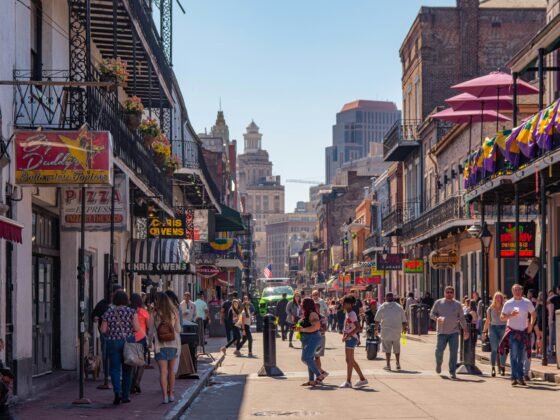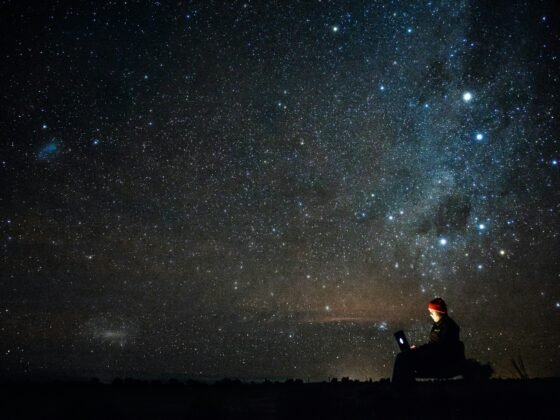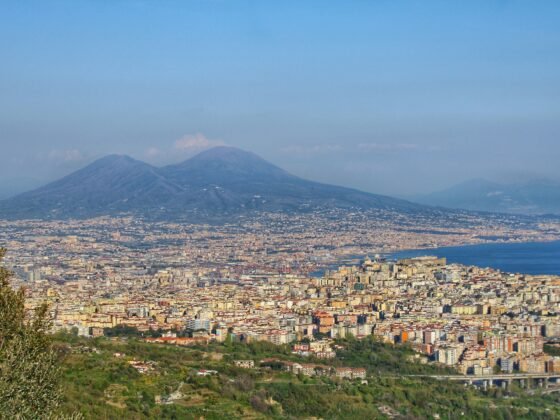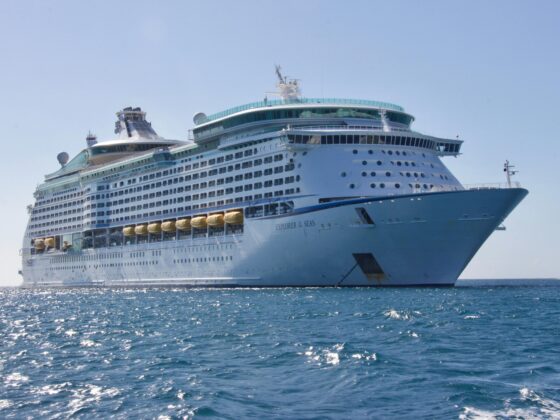There are stone monuments around the world which people are fascinated by, they are flocked to by thousands of tourists and those interested in different stone masonry alike. Here, we run a through a few of the most famous stone monuments around the world, and where you can go to visit them!
Stonehenge
Perhaps the most recognisable, especially for us here in the United Kingdom. Located in the county of Wiltshire, Stonehenge is one of the wonders of the world and it is the best-known prehistoric monument in Europe. Its history dates back over 4,500 years and the stone circle has become an iconic symbol meaning different things to different people, the use of the stones for ritual purposes has been heavily restricted. English Heritage does allow access during the summer and winter solstice and the spring and autumn equinox, visitors are also able to make special bookings to access the stones at other times of the year.
Mysterious Stones of Baalbek
Officially the Mysterious Stones of Baalbek are a Roman temple that have been built on the foundations of a much earlier site in Lebanon. Some of the foundation stones that make up the platform weigh in at around 800 – 1000 tons, as one of the best-preserved Roman ruins in Lebanon, it has one of the largest temples of the empire. The gods worshipped there included Jupiter, Venus and Bacchus.
Machu Picchu
It’s three primary structures are the Inti Watana, the Temple of the Sun and the Room of the Three Windows. Restoration is continuing throughout the structures to give tourists a better idea of what originally existed here. Each structure has been built in the classical Inca style with polished dry-stone walls.
Underwater Ruins – Japan
One that might be a little more difficult to actually get to yourself are the 10,000-year-old underwater ruins in Japan. Located on the southern coast of Yonaguni, they were discovered in 1986 by a scuba-diving instructor; the sea surrounding the monument has become a popular diving location during the winter months due to its large population of hammerhead sharks. Experts are yet to determine whether the structure is all natural or man-made, and to this day it still remains a mystery and has become a popular destination for tourists.
Christ The Redeemer
Created by Polish-French sculptor Paul Landowski, and built by Brazilian engineer Heitor da Silva Costa, Christ the Redeemer is an art deco statue of Jesus Christ located in Rio de Janeiro in Brazil. It has become a cultural icon of both Rio de Janeiro and Brazil, and is listed as one of the New Seven Wonders of the World, constructed between 1922 and 1931 overlooking the city of Rio as a symbol of Christianity.
Great Wall of China
Listed as a World Heritage by UNESCO in 1987, the Great Wall of china stretches over 13,000 miles from the east to west of China. Due to its architectural grandeur and historical significance it is still one of the most appealing attractions across the world; different sections of the wall were built at different times, some being built as early as the 7th century. It is continuously being restored, and most of the existing wall is from the Ming Dynasty.
The Colosseum
An oval amphitheatre in the centre of the city of Rome in Italy, The Colosseum is the largest amphitheatre ever built, and during its use it could hold between 50,000 and 80,000 spectators. It has become an iconic symbol of Imperial Rome, opened in AD 80 by Vespasian’s son and successor, Titus.
Article supplied by D M Gibson.












